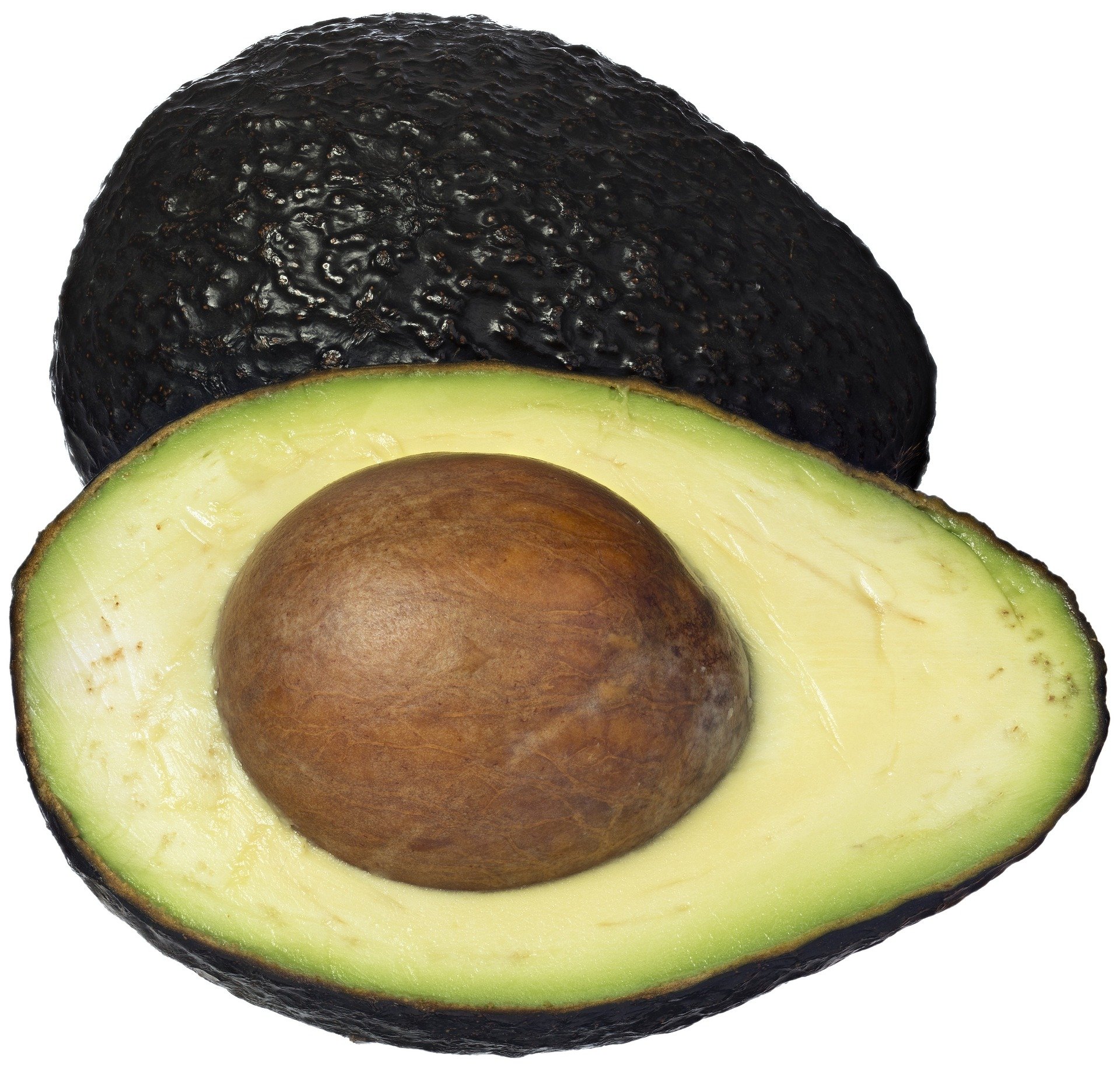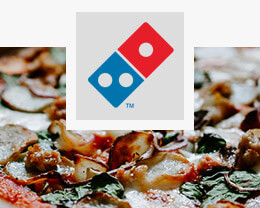Report: FDA Drafts Guidance for Use of Word 'Healthy' on Food Packaging
 Now that the final rules for the updated Nutrition Facts Label are published, consumers can expect to more clearly and easily be able to read and understand the nutritional content and health implications of their food choices. Next on the list for FDA: Use of terms like 'healthy', 'low in fat', or 'good source'. As consumers do their grocery shopping, these terms are readily apparent on the packaging of many food items they buy. There is concern that terms implying healthful food choices are based on outdated science and are being used arbitrarily as a marketing ploy, which may mislead consumers trying to make informed, healthful food choices. The FDA plans to do something about that.
Now that the final rules for the updated Nutrition Facts Label are published, consumers can expect to more clearly and easily be able to read and understand the nutritional content and health implications of their food choices. Next on the list for FDA: Use of terms like 'healthy', 'low in fat', or 'good source'. As consumers do their grocery shopping, these terms are readily apparent on the packaging of many food items they buy. There is concern that terms implying healthful food choices are based on outdated science and are being used arbitrarily as a marketing ploy, which may mislead consumers trying to make informed, healthful food choices. The FDA plans to do something about that.
An Evolving Definition of 'Healthy' Foods
The last time a final rule defining 'healthy' was published by FDA was over 20 years ago in 1993. Science has learned an awful lot since then about nutrition, especially in three major areas:
- Our understanding of how dietary fats affect health
- Which nutrients should be a focus for public health
- The impact of sugar on human health and as a contributor to disease
As a result, FDA is looking to update the requirements for foods to be considered and labeled as 'healthy'. Douglas Balentine, Ph.D. explains the new position well in the FDA Voice blog:
" As our understanding about nutrition has evolved, we need to make sure the definition for the “healthy” labeling claim stays up to date. For instance, the most recent public health recommendations now focus on type of fat, rather than amount of fat. They focus on added sugars, which consumers will see on the new Nutrition Facts label. And they focus on nutrients that consumers aren’t getting enough of, like vitamin D and potassium.
It's No Longer About Total Fat, But Types of Fat
Published in 1993, the prevailing rule for 'healthy' labeling on food requires a food to be low in total fat. However, since then, science has come to a consensus that it is no longer important to be mindful of and reduce total fat but to be aware of the types of fat consumed. Draft guidance published in September 2016 by the FDA explains that they intend to use enforcement discretion when deciding whether a non-low-fat food can be labeled 'healthy', as long as "(1) The amounts of mono and polyunsaturated fats are declared on the label and (2) the amounts declared constitute the majority of the fat content. These conditions are necessary so that consumers are made aware that the total fat is mostly made up of fats that are encouraged by current dietary  recommendations."
recommendations."
What would this mean for consumers and food manufacturers? Many foods that today would not be considered 'healthy' because of their high-fat content may be able to use the label in the future, provided they declare the amounts of 'good' fats in the food item and that 'good' fats comprise the majority of total fat content. According to Authority Nutrition, these foods could include things like avocados, dark chocolate, eggs, and full-fat yogurt.
A Changing View on Which Nutrients Are Beneficial
According to FDA's draft guidance on this matter, historically, the nutrients that were considered 'healthy' as a matter of public health focused on Vitamin A, Vitamin C, iron, calcium, and dietary fiber. Today, Vitamins A and C are no longer considered by science to be a public health concern. Instead, potassium and Vitamin D have taken their place (iron and calcium still remain a public health concern). As such, these particular nutrients are now required on the updated Nutrition Facts Label.
As a result of these changes, the FDA plans to "exercise enforcement discretion to the current requirement that any food bearing the nutrient claim 'healthy' contain at least ten percent of the Daily Value (DV)...of vitamin A, vitamin C, calcium, iron, protein, or fiber, if the food instead contains at least ten percent of the DV...of potassium or vitamin D." What this means for consumers and manufacturers is that as long as a food has over ten percent of the recommended daily value of potassium or Vitamin D, these foods could be considered for the label of 'healthy' without meeting previous nutrient requirements.
New scientific findings have also demonstrated that added sugars in foods contribute to increased health problems and risk of chronic diseases. Watch for additional discussion as to how added sugars in food come into play when determining the definition of what can be labeled as 'healthy'.
FDA Seeks Public Input on Definition of 'Healthy' Food
The FDA is currently asking for public input to redefine the term 'healthy' for use on food packaging. Douglas Balentine of FDA Voice blog gives examples of questions for which the FDA is seeking input:
- Which current dietary recommendations should be reflected in the definition of 'healthy'?
- What are the public health benefits of defining the term 'healthy'?
- What do consumers expect of foods that carry a 'healthy' claim?
- What factors and criteria should be used for the new definition of 'healthy'?
Keep up with new packaging and labeling regulations by subscribing to our blog at the right.




